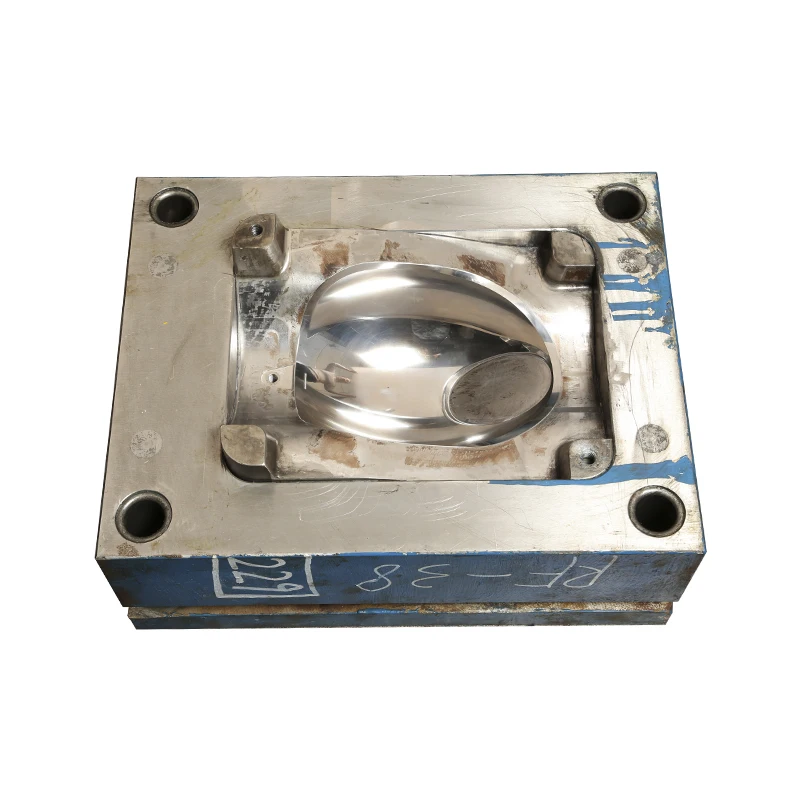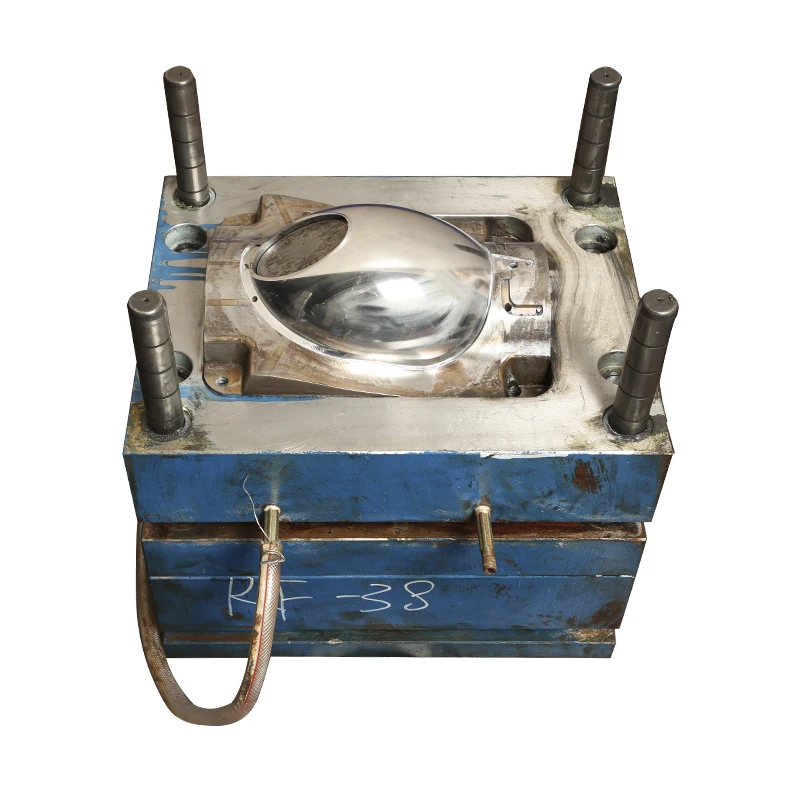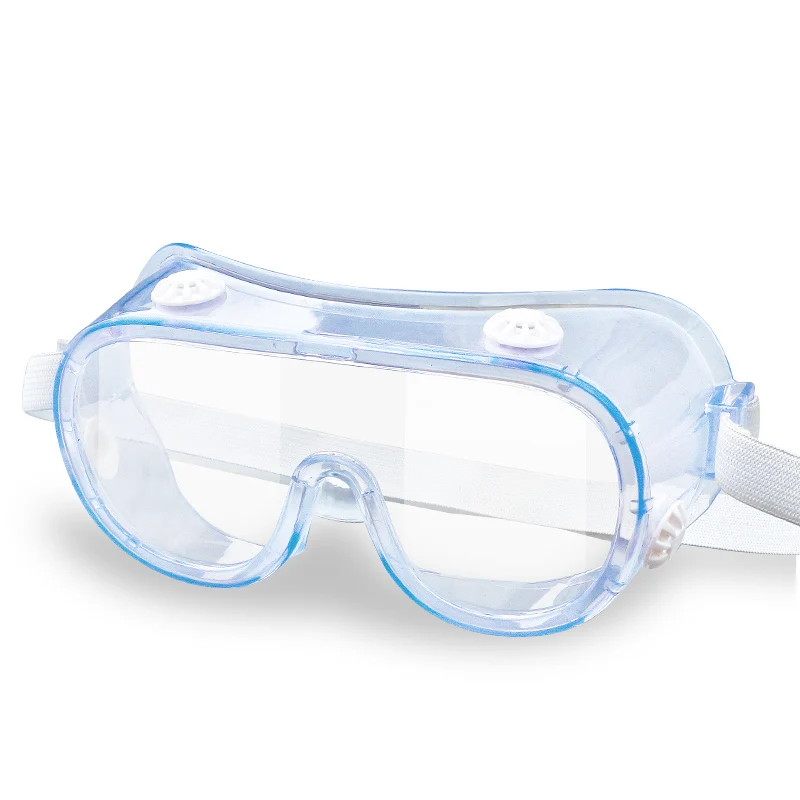Medical injection molding is a critical process in producing high-quality medical devices and components. From syringes and catheters to surgical tools and diagnostic equipment, injection molded medical products are used across the healthcare industry. If you’re new to medical injection molds or are considering working with a medical injection molding manufacturer, you likely have many questions. In this article, we’ll answer some of the most frequently asked questions (FAQs) about medical injection molding to help guide you through the process.
What is medical injection molding?
Medical injection molding is a manufacturing process used to produce medical device components from various materials such as plastics, rubber, and composites. The process involves injecting molten material into a mold to form the desired shape of the component. The material is cooled and hardened to create a precise, high-quality part suitable for medical applications.
The medical injection mold ensures that parts meet strict regulatory standards for quality, performance, and safety. Commonly produced items include medical instruments, drug delivery devices, diagnostic tools, and packaging components.
What are the key benefits of using medical injection molds?
There are several reasons why medical injection molds are preferred in the production of medical devices:
Precision and Consistency: Injection molding allows for the creation of parts with high precision and consistency, making it ideal for medical devices that require tight tolerances and high-quality standards.
Scalability: Medical injection molding is suitable for both small-scale production and large-volume manufacturing. Once the mold is created, it can produce thousands to millions of identical parts efficiently.
Versatility: Medical device injection mold can accommodate a wide range of materials, including specialized medical-grade plastics, metals, and elastomers.
Cost-Effective: After the initial cost of creating the mold, injection molding can be a cost-effective solution for high-volume production, as it minimizes waste and reduces labor costs.
What materials are used in medical injection molding?
A variety of materials can be used in the medical injection mold process, depending on the type of medical device being produced. Common materials include:
Medical-grade plastics: Polypropylene (PP), polycarbonate (PC), polyethylene (PE), and PEEK are frequently used for making injection molded medical products due to their strength, biocompatibility, and resistance to chemicals and sterilization processes.
Silicone and rubber: These materials are often used for components that need flexibility and durability, such as seals, gaskets, and tubing.
Composites: Some medical injection molding manufacturers also use composites for components that require added strength and lightweight properties.
What is the process of medical injection molding?
The medical injection molding process involves several key steps:
Design: A mold design is created based on the specifications of the medical device. This design is often made using CAD software.
Mold Creation: The mold is fabricated, typically from steel or aluminum, and prepared for use.
Injection: The chosen material is melted and injected into the mold cavity under high pressure.
Cooling and Ejection: Once the material fills the mold, it cools and solidifies. The mold opens, and the finished part is ejected.
Post-Processing: After injection molding, some medical products may undergo additional processes such as sterilization, assembly, and quality testing.
What types of medical injection molds are used?
There are various types of medical injection molds designed for different applications:
Single-cavity molds: These molds produce one part at a time and are typically used for smaller production runs or custom-made parts.
Multi-cavity molds: These molds allow for the production of multiple parts in a single injection cycle, making them ideal for large-volume manufacturing of standard medical components.
Hot runner molds: These molds keep the molten material flowing throughout the process, reducing waste and cycle time.
Cold runner molds: In these molds, the material cools in a separate channel before being injected into the cavity.
Each type of mold is suited to different production volumes, material requirements, and complexity of the parts being produced.
Why should I choose a medical injection molding manufacturer?
Working with an experienced medical injection molding manufacturer offers several advantages:
Expertise in Regulatory Compliance: Medical devices must meet stringent standards set by regulatory bodies. A professional medical injection molding manufacturer understands these requirements and can ensure that your products meet all necessary certifications.
High-Quality Production: A skilled manufacturer will use advanced technology and rigorous quality control processes to produce injection molded medical products that meet the highest standards for safety and reliability.
Customization: Experienced manufacturers can help you design custom molds for unique medical devices, ensuring that your products perform optimally in real-world medical environments.
What types of medical injection molded products can be made?
Injection molded medical products are diverse and used across many healthcare applications. Some examples include:
Syringes and needles: Precision molded for sterile, disposable products.
Catheters: Flexible, durable components for medical procedures.
IV connectors: Small, precise parts used in intravenous fluid administration.
Surgical instruments: Scalpels, forceps, and other tools are made with high precision and biocompatibility.
Diagnostic devices: Components for thermometers, blood glucose meters, and more.
Packaging components: Medical packaging, such as blister packs and vials, made from medical-grade plastics.
Injection Molding Medical Products
What are the advantages of using medical plastic injection molding?
Medical plastic injection molding offers several advantages over other manufacturing methods:
High Efficiency: Once the mold is designed and set up, injection molding is a fast and efficient process, allowing for rapid production of large quantities of parts.
Minimal Waste: The precision of the process means that there is very little scrap material produced, making it more environmentally friendly and cost-effective.
Sterilization Capability: Many medical plastics are compatible with sterilization methods such as autoclaving, ensuring that injection molded medical devices are safe for use in sterile environments.
What is the cost of medical injection molding?
The cost of medical injection molding varies depending on several factors, such as the complexity of the mold, the type of material used, and the production volume. While the initial mold design and setup can be expensive, the cost per part decreases significantly with higher production volumes. Additionally, the use of high-quality materials and advanced injection molding technologies can impact the cost but ensures the durability and safety of the final product.
Conclusion
Medical injection molds play a crucial role in the production of safe, reliable, and high-performance medical devices and components. Whether you're developing a single-use syringe or a complex diagnostic tool, working with an experienced medical injection molding manufacturer can ensure that your products meet regulatory standards and are produced efficiently. By understanding the process, benefits, and materials involved, you can make informed decisions about how to best use medical injection molds for your medical product manufacturing needs.
If you're interested in learning more or are considering partnering with a medical injection molding manufacturer, reach out to RUNKE today.



.jpg)

.jpg)